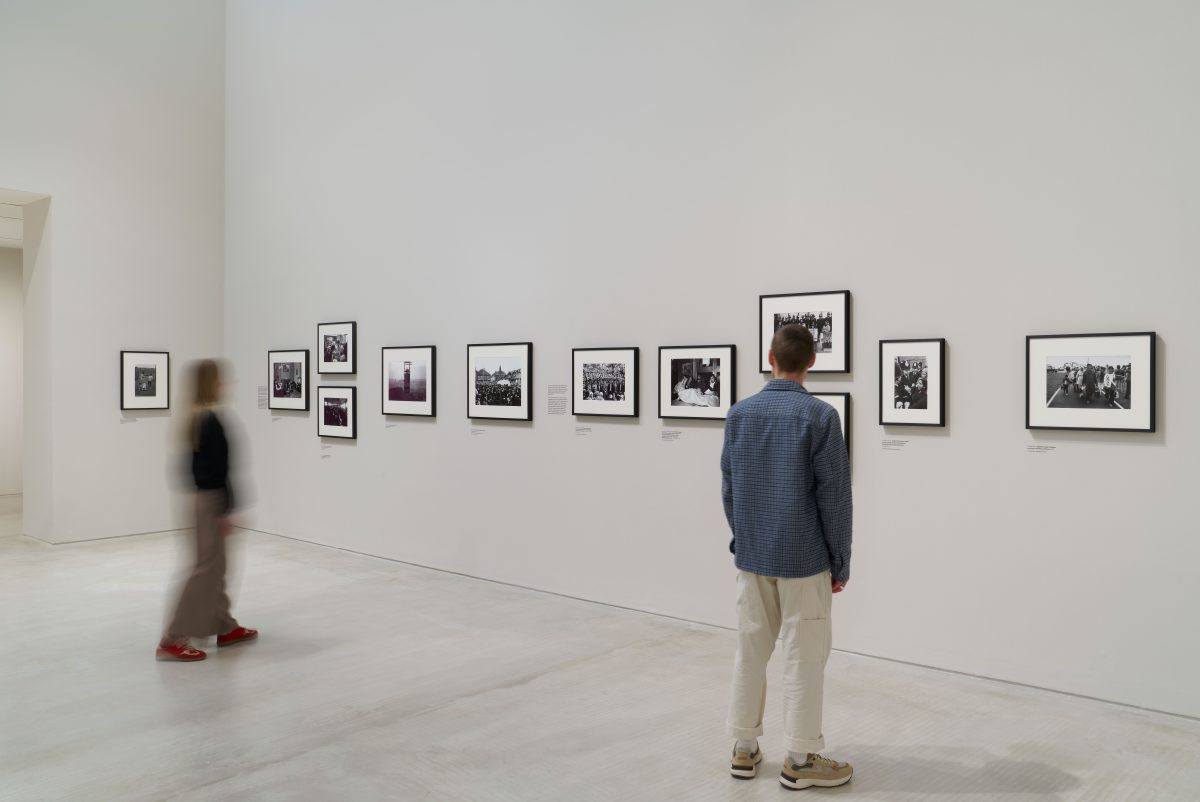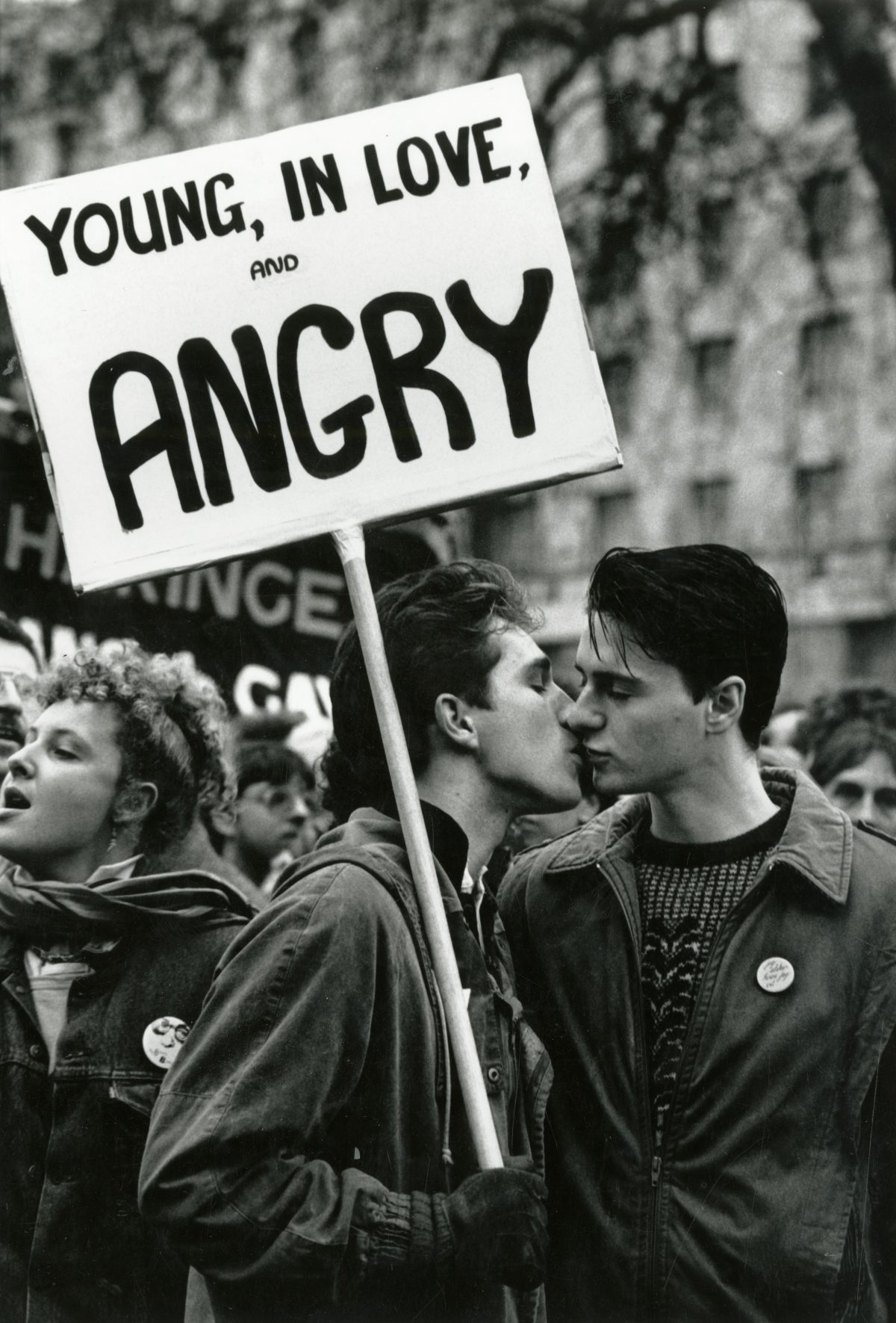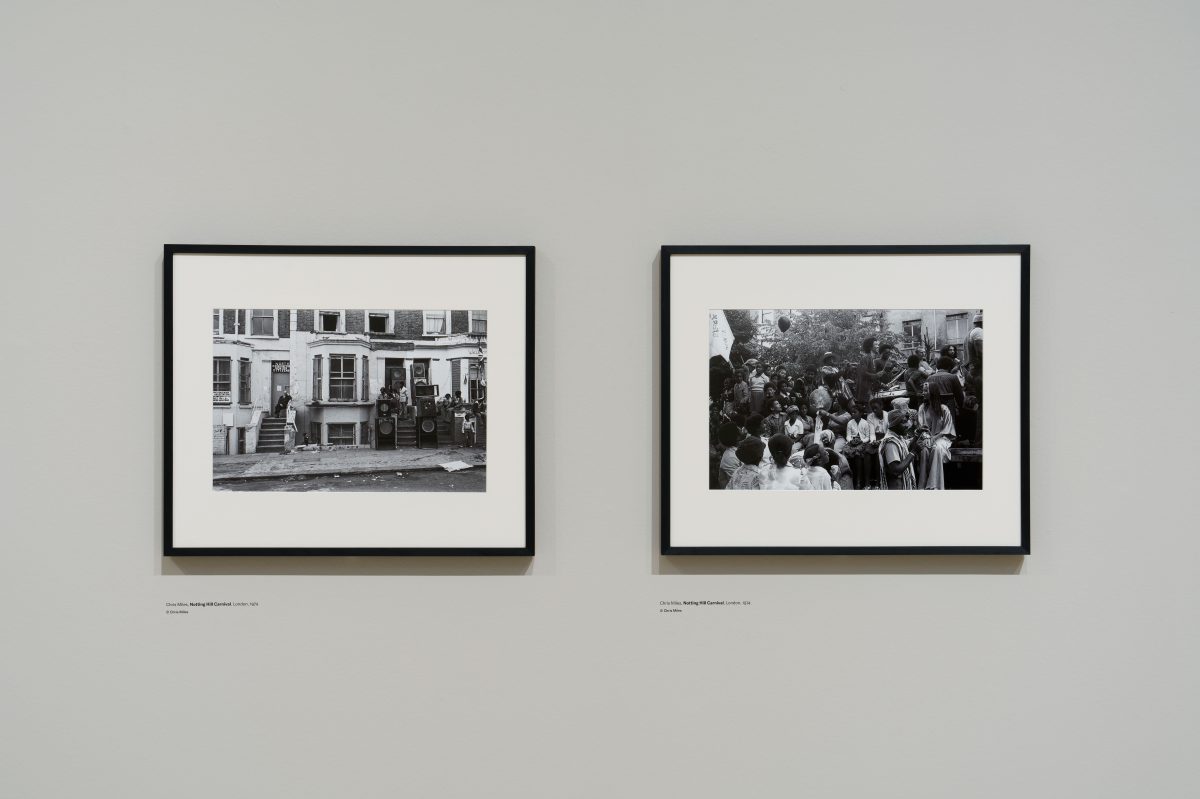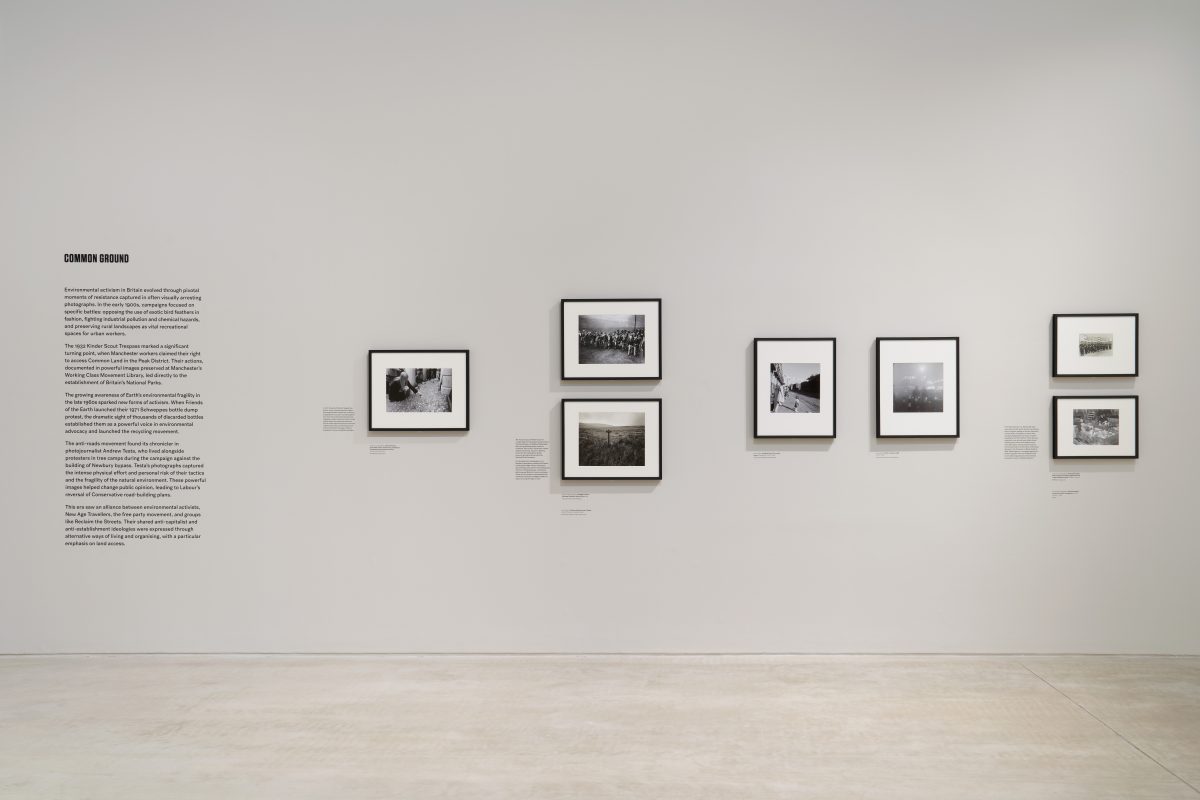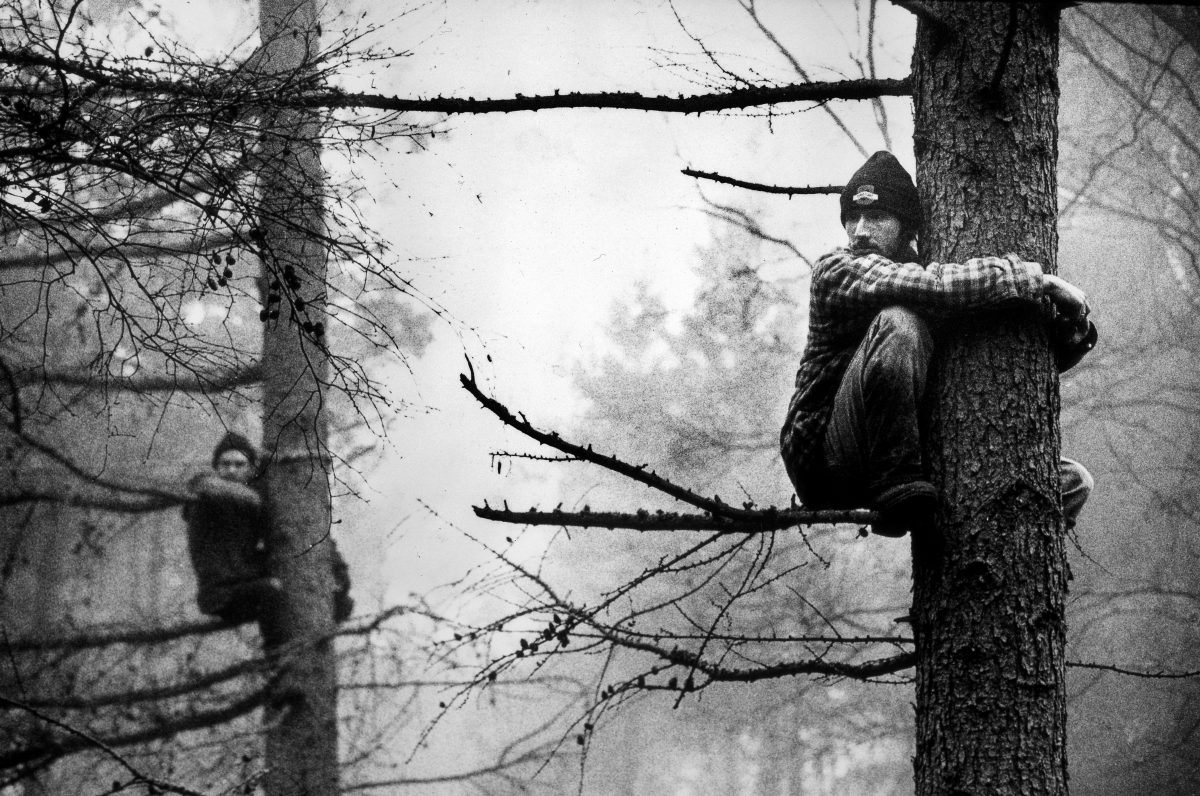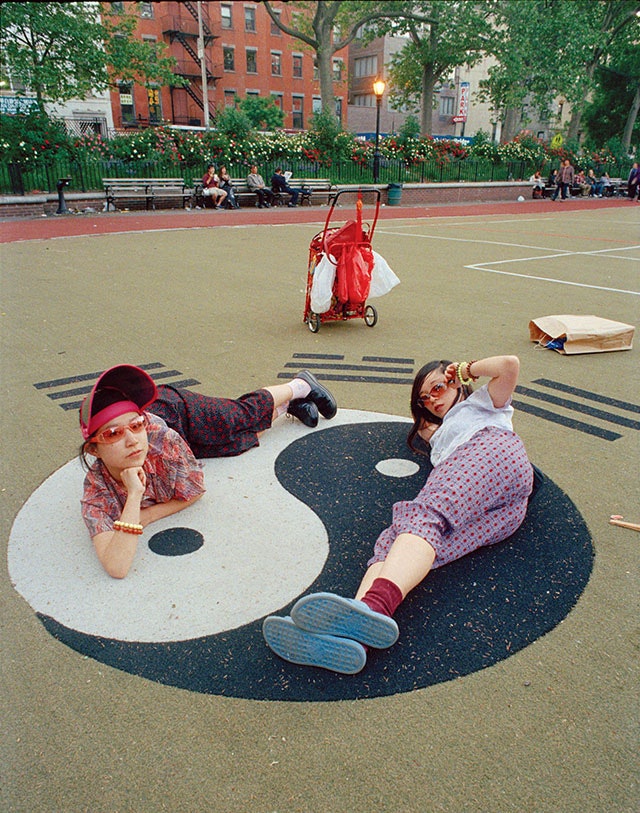Amah-Rose Abrams, 02 May 2025
Our relationship with photography is always changing. Events parsed through ever evolving technologies offer us new perspectives and our relationship evolves with the images we consume, be they of massacres or a stranger’s outfit of the day.
Resistance at Turner Contemporary traces back the relationship between photography and resistance in the UK from 1903 to the early 2000s. In tracing the relationship between protest and capturing it on camera the team behind led by Steve McQueen and its director and long-time collaborator of McQueen’s, Clarrie Wallis, printed and credited never seen before images, conducted new research, and drew parallels between communities whose actions laid the groundwork for rights we enjoy today. Essentially the project is about looking at the history of the UK through protest, addressing truths and omissions from history, from migration to the impact of poverty, and offering a narrative that speaks to the fabric of the society we are now living in.
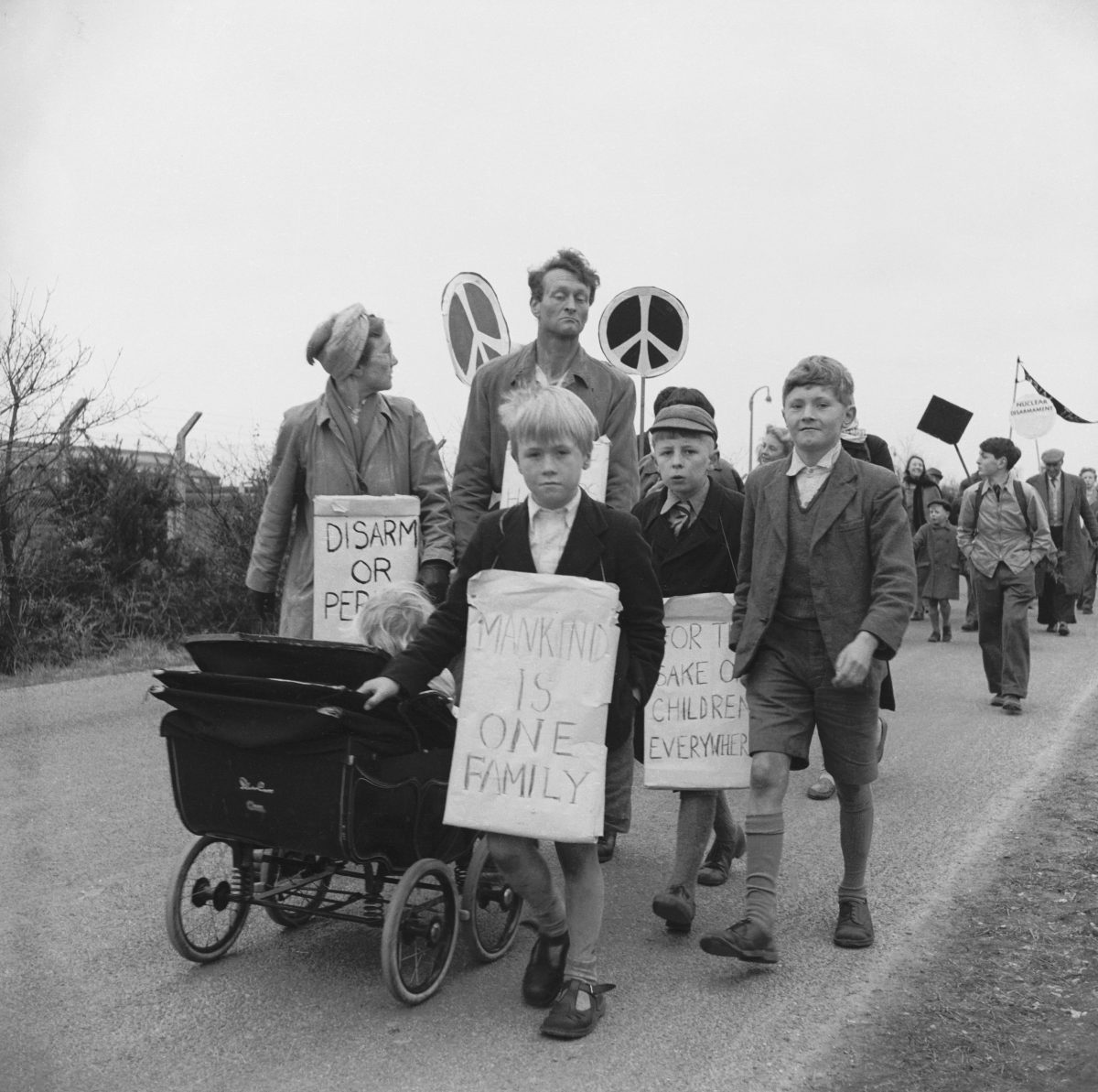
Resistance features names such as Vanley Burke, Henry Grant, Fay Godwin, Edith Tudor-Hart, Tish Murtha, Humphrey Spender, Christine Spengler, Andrew Testa, Paul Trevor, Pam Isherwood and Janine Wiede, but it also features anonymous and uncredited work. Guided by the search for the best photographs, the team put together a document of peoplepower covering environmental prot Gay Liberation Front and the Women’s Liberation Movement, the anti-fascist and anti-racist groups dating back to the 1930s, the Pan African Movement, and anti-poverty and antiwar movements. Printed solely in black and white, we see gatherings, meetings, speeches, sit ins, actions and marches. e see famous faces– Angela Davis, John La Rose, Annie Freud, and see everyday folks trying to make a difference.
“It was about looking at identifying what we thought were these pivotal moments that created modern Britain and obviously some of the pivotal moments, maybe at the time, didn’t seem so pivotal,” explained Wallis.
They looked at events like Friends of the Earth dumping bottles at drinks company Schweppe’s door in 1971, the first action by the group, early images of the Notting Hill Carnival, and a mass trespass by the Kinder Scouts that led to the formation of the national parks. From the vote for women to recycling, so many aspects of modern society in the UK started with protest and this exhibition maps that journey.
“It was very much around Steve’s (McQueen) idea thinking about history and corrected histories which extends beyond this to the film Blitz,” said Wallis.
It is no small task; the re-writing of history and the issue of power is ever present in this exhibition. One of the first images we see in the exhibition of a young suffragette calls to mind the power of the subject in a photograph. She stares down the camera, directly at the viewer in the knowledge that if she, in the midst of being arrested, creates a strong enough image it could be on the front page of the newspaper the next day, reaching millions of people.
“We have images from Christina Broom, and she’s got her very carefully composed photographs of the suffragettes, taken with the half plate camera going through to the much more.
Thinking about how this exhibition was put together, essentially a lockdown project that ended up lasting four years, brings to mind the issue and power dynamics of access be that access to a camera, a place or information.
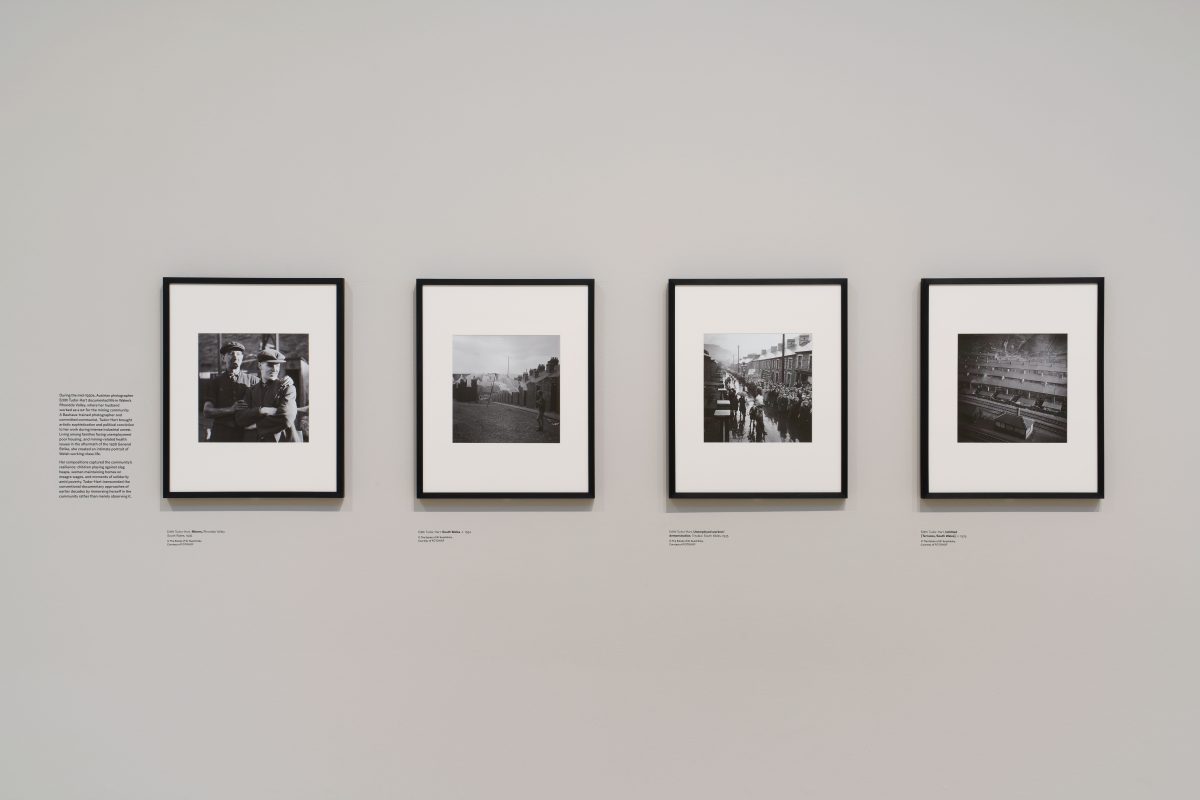
In the exhibition we also see also see covert images. O shows a prisoner taking part in a dirty protest. The blurry image of a man facing the camera against a wall smeared in matter that could be feces or could be blood is staggeringly shocking for its mere existence. There is power dynamic, or an acquiesce, between the prisoner, who has no agency to protest other than to starve himself or smear himself with his own bodily fluids, and the photographer, who has smuggled in camera risking his freedom to capture that image to be shared or simply kept for the record.
The record, though always in flux, especially as we question ideas of authorship and authenticity, still stands, however fallible, as a kind of barometer of truth An inspiration for Resistance was the Frederick Douglass speech ‘Pictures and Progress’ made in Boston in 1861, where he outlined his thoughts on how photography could be a medium used to effect change in society. In 2025 as critics and photographers explode the notion of the blind acceptance of the record, we see clearly of politics and agenda can warp this ideal.
“To be doing this historical show, and Steve does think of it as a history show, it just felt even more urgent in the light of everything else that was happening. If you think about events last summer (riots across England), it was interesting just in terms of just thinking about different issues and how you could potentially look to address them.”
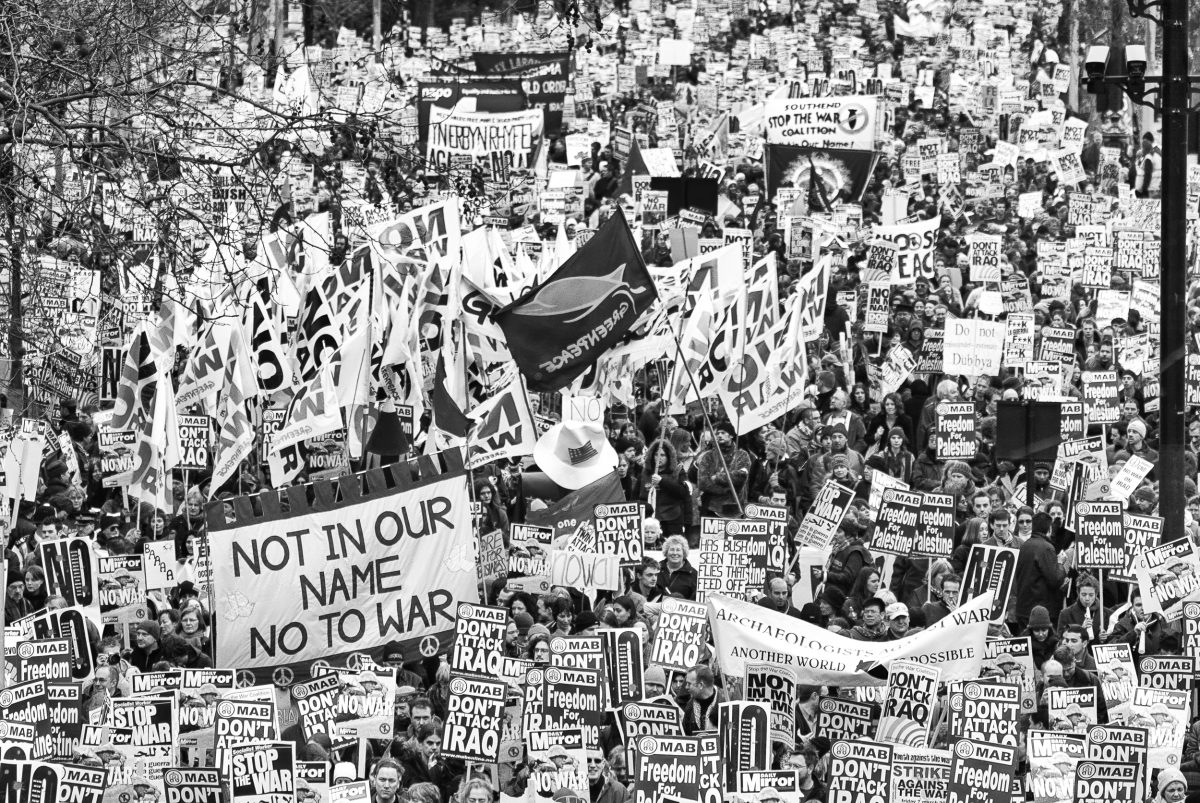
Resistance, the exhibition and the book, was put together by a dream team of thinkers and experts including Gary Younge, Professor Paul Gilroy, Professor Paul Jackson, Nicholas Jones, Professor Jenny Pickerill, Dr Matthias Reiss, Professor Lisa Tickner and Vron Ware and Turner Contemporary’s curator Emma Lewis. The photographs in the exhibition and the book were edited down by McQueen from 3400 photographs from a huge variety of sources and some required deep research to verify the subjects and photographers to the point that they would be able to be shown in public. They include everything from candid photography to surveillance. For all the energy and strength, it took to capture, preserve and publicize these photographs it took real power or even clout, to bring them to light.
Images have a huge amount of power today, as do the platforms that we access them through. Any individual or group who has autonomy within that system has a huge amount of power and responsibility. We have seen individual breakthroughs, from the photojournalists of Gaza, many of whom have paid with their lives, to image makers and artists working in the West Bank and Ukraine who have managed to share photographs that have influenced world events. This speaks to the enduring power of photography to connect us to our environment and others, Resistance adds to that conversation how essential context is, as decades later the project reveals truths, narratives and perspectives that until now have lain dormant.
Resistance is currently on view at Turner Contemporary until 1 June 2025 and will then travel to the National Galleries of Scotland from 21 June 2025. Resistance by Steve McQueen is published by Monument Books.
Amah-Rose Abrams is an arts and culture journalist based in London. Working in features, market and criticism she has contributed to The Art Newspaper, Artnet News, Time Out, Harpers Bazaar Art, Dazed and Confused and T Magazine at the NYT. She has curated one exhibition of photography, Adam Rouhana: Before Freedom.
